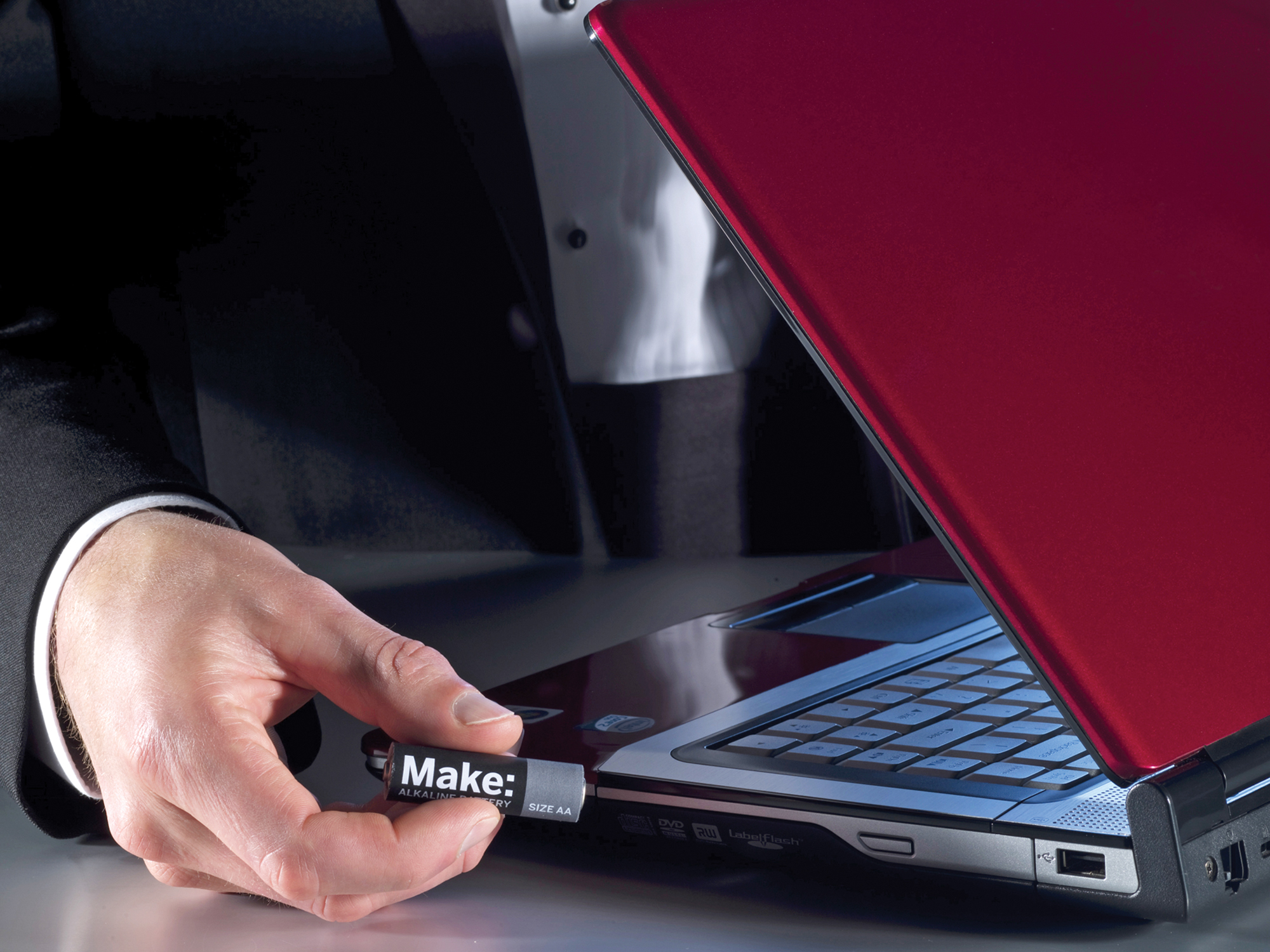Keeping secret documents out of enemy hands can be a challenge, especially if the bad guys are in the habit of stopping and searching you. Encryption is one thing, but it’s the art of steganography (hiding messages) that will ultimately save you from a small, hot room with no windows.
This project shows you how to make a USB flash memory battery useful for storing secrets far from prying eyes. The battery can store a gigabyte of data, looks just like a normal AA alkaline cell, and shows 1.5V if you test it. It’ll even power small electronic devices.



